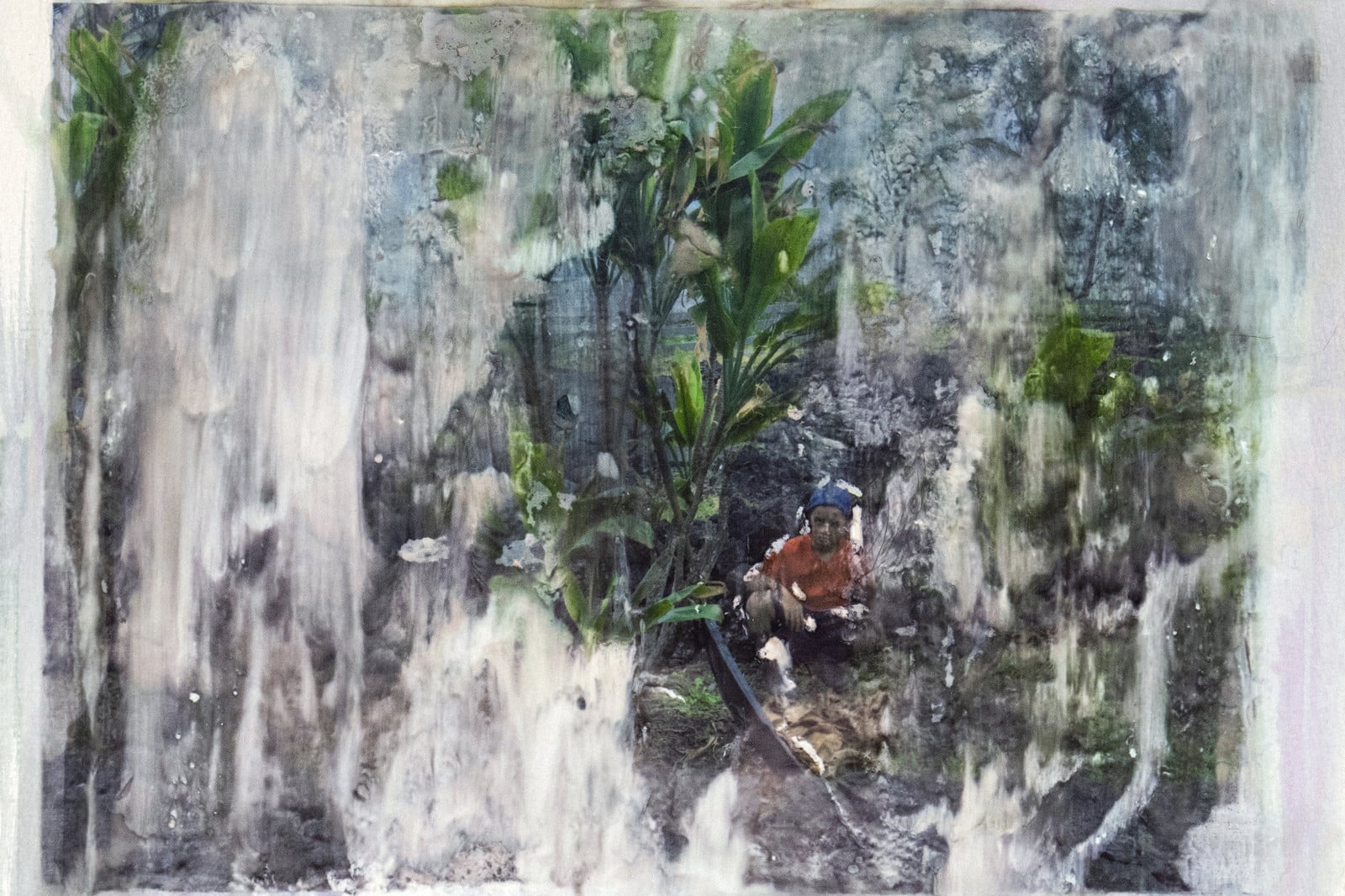On a recent visit to Hawaii, photographer Lawrence Sumulong decided to look for “the cracks in the facade” of Maui’s picture-perfect image. According to Maui County’s government, about 80% of every dollar on Maui and neighboring islands Molokai and Lanai is generated by the tourism industry. In his series Lacuna, Sumulong presents a different view of Maui, a perspective that looks beyond the tourist experience.
Sumulong focused on overlooked historic sites, “looking for scenes and moments that represent the social realities and tensions that show how the island is exploited.” Back in New York City, where he lives and works, Sumulong had his photos printed as edible frosting layers intended for use on cakes, and transferred these prints onto watercolor paper with a brush. The result is a series of blurred, cracked, and sugary images that offer an abstracted view of the island.
“As a Filipino born and raised in the mainland, I imagined Hawaii as a staging ground for how racial difference is appraised, preserved, fetishized, consumed, commodified in this country,” says Sumulong. “During my stay on the island, I constantly felt torn between feeling that it was okay to be a tourist on vacation as well as taking an active look into the history of the state and island,” he adds. Reading up on Maui, he learned of how the sugar planation industry on the island had historically exploited the labor of uneducated Filipino immigrants. “This coincided with the reality that I was often the only minority in many cases during my stay, and that the only minorities that I did see were Filipino laborers cleaning the timeshare that I was vacationing at, or working on the lawns of other properties.”
“The final layer was the fact that Maui is a stock honeymoon destination, which called to mind oversaturated sunsets and wedding cakes. It was from there that it made sense to print on something edible and from sugar since so much of this experience was about how we consume as well as making a gesture to the resource—sugar—that my people helped to cultivate.”
Find more of Lawrence Sumulong’s photography at his website, built using Format.
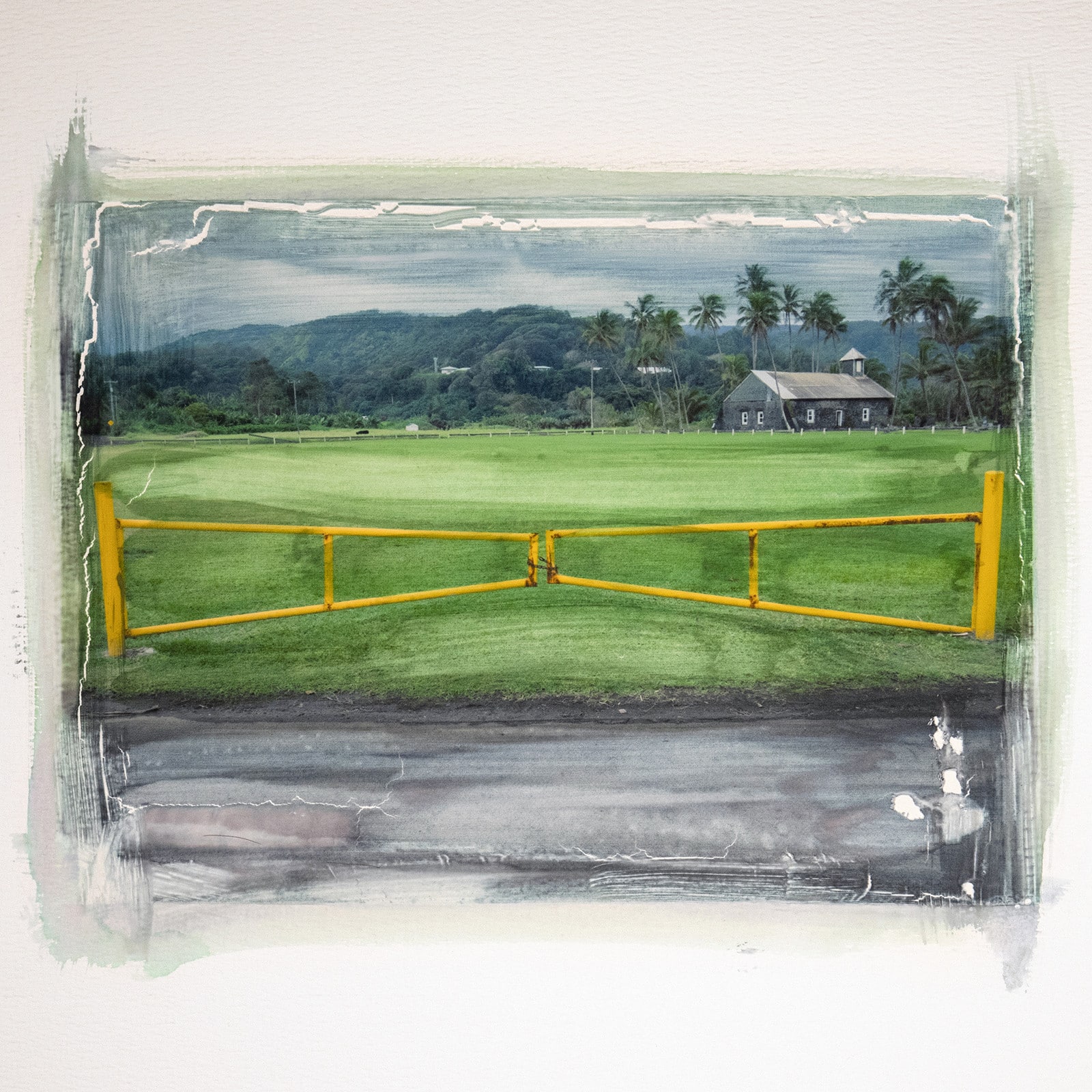
A single locked gate encloses an open field on the Ke’anae Peninsula, which was created from lava flow originating from the Haleakala Crater. The stone church in the background was built in 1856 and is the only remaining building after the devastating tsunami of 1946 that killed 24 people. Now, the area is a popular pit stop where tourists can buy banana bread during the famous “Road to Hana.”
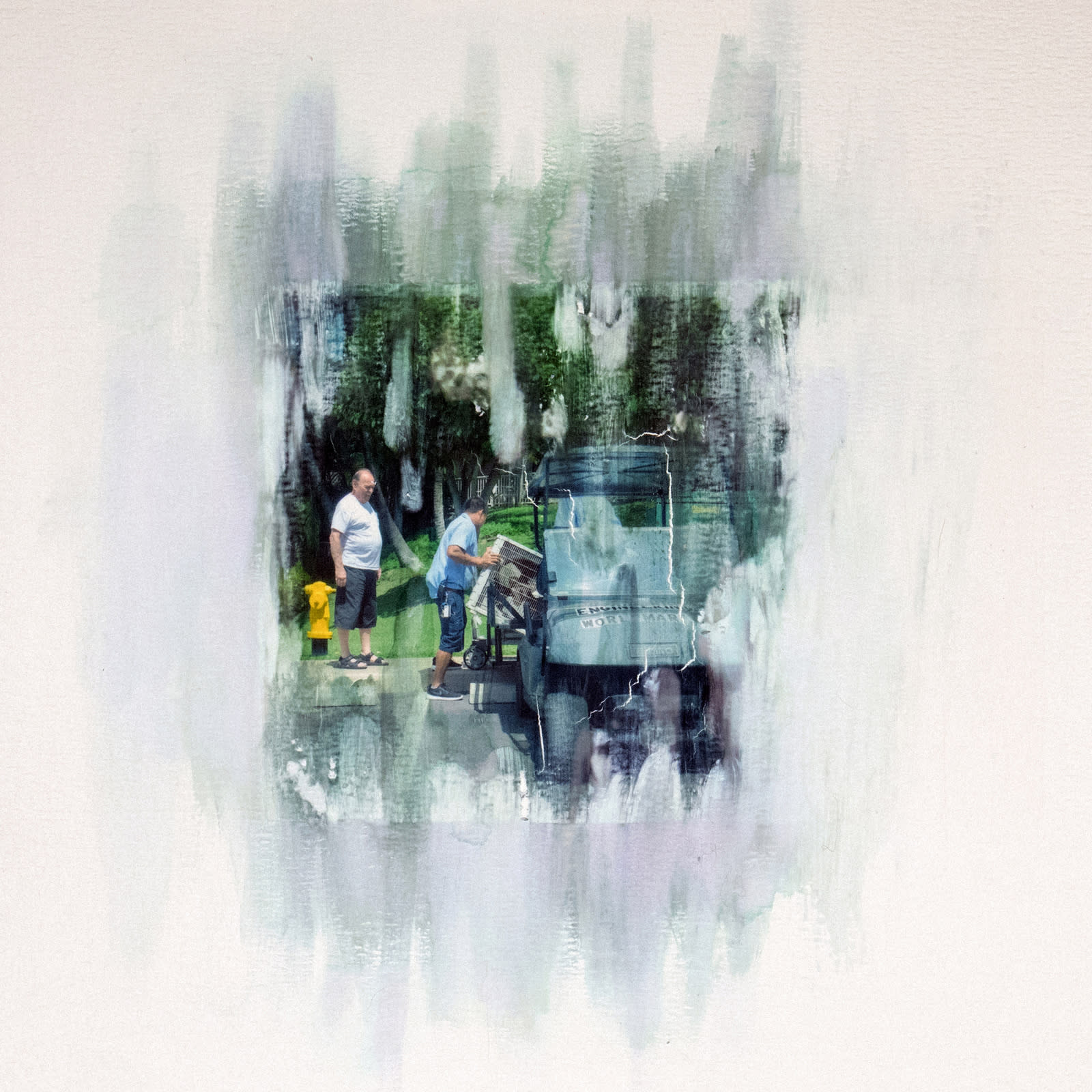
A tourist watches a Filipino timeshare worker carry an industrial-sized cooling unit in Kihei, Maui.
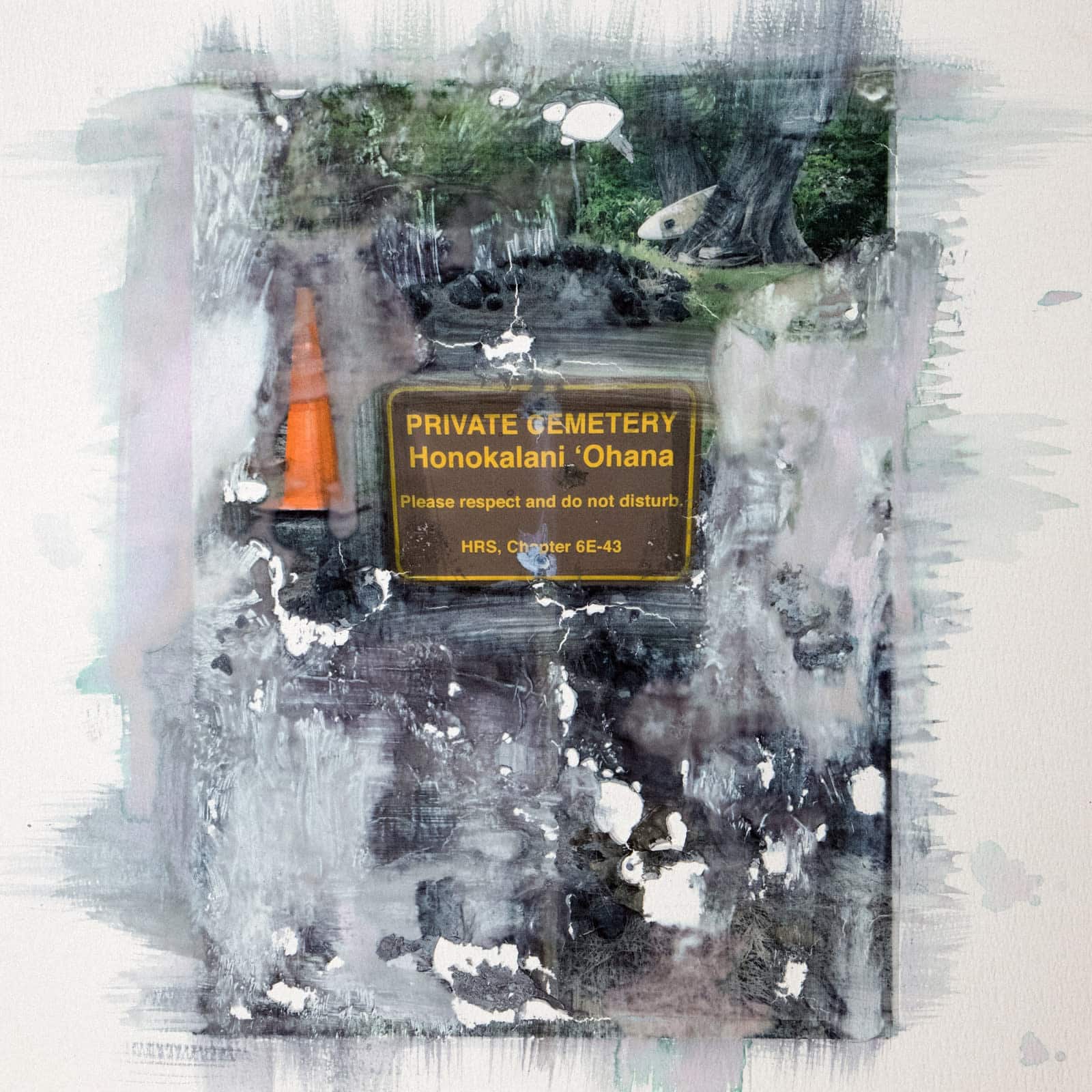
Amidst the popular camping grounds at Waiʻanapanapa State Park rests a private and ancient graveyard, the Honokalani ‘Ohana Cemetery.
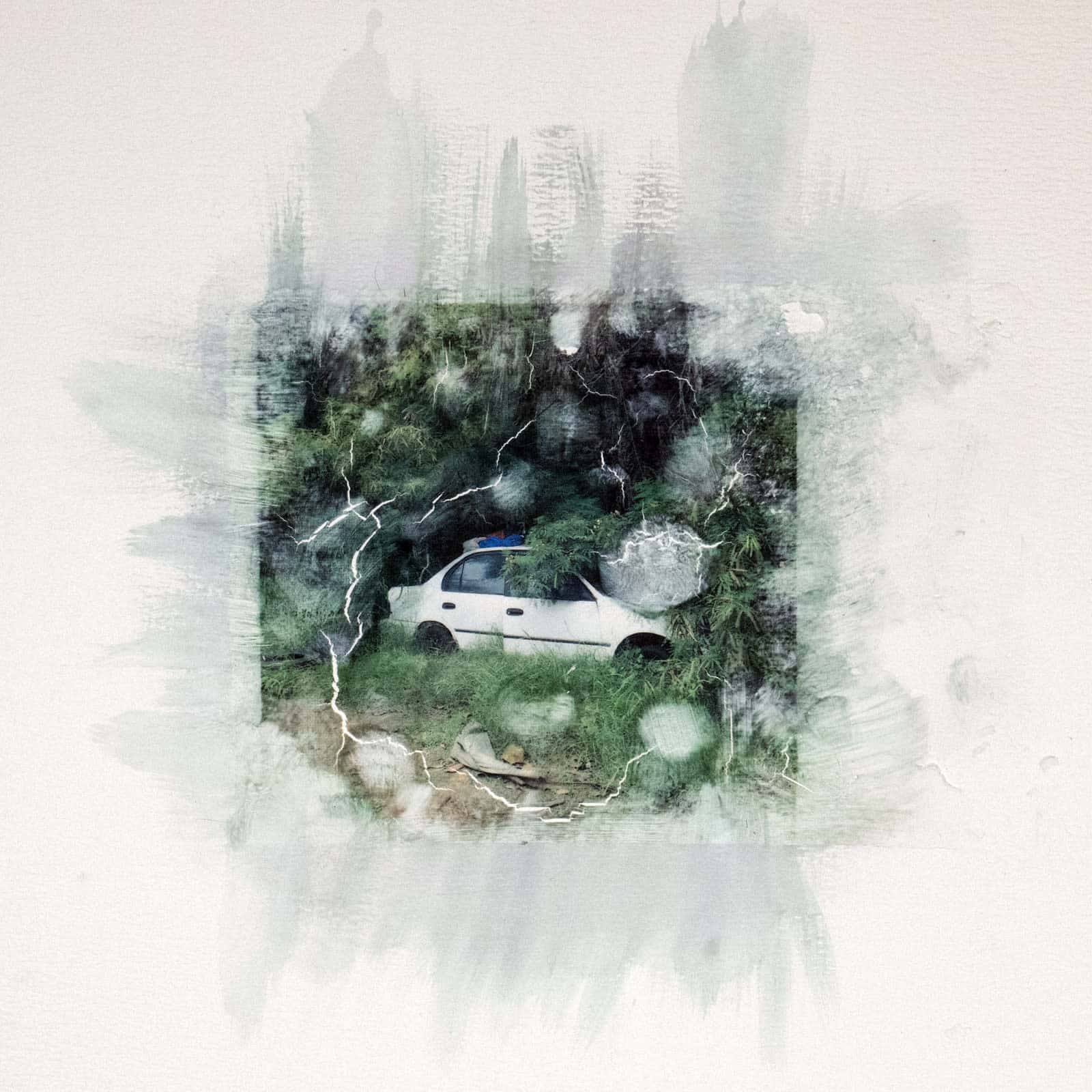
A white car overgrown by foliage in Kihei, Maui.
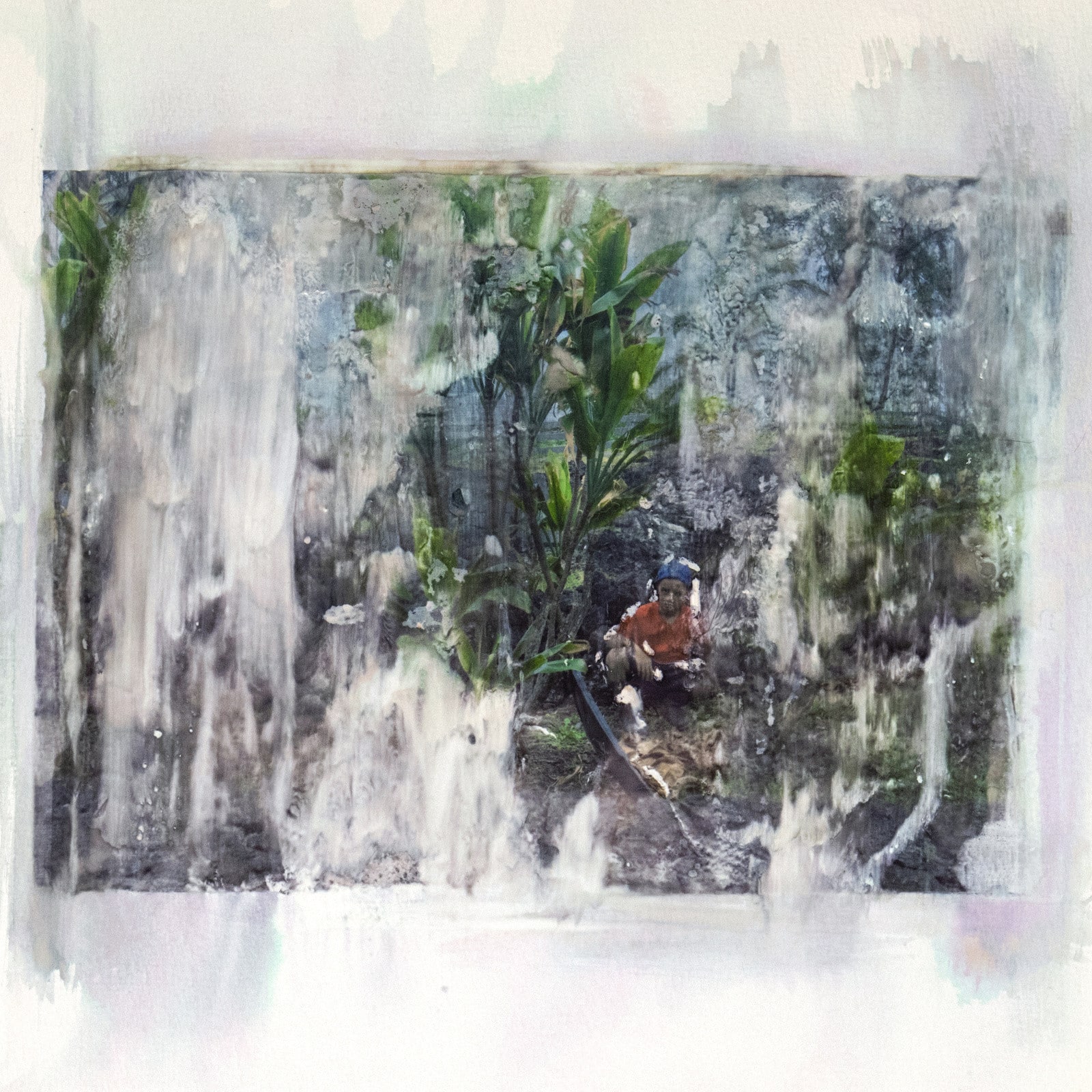
A Hawaiian boy hidden in the background of Waiʻanapanapa State Park arranges lava rock and coral in the private and ancient Honokalani ‘Ohana Cemetery.
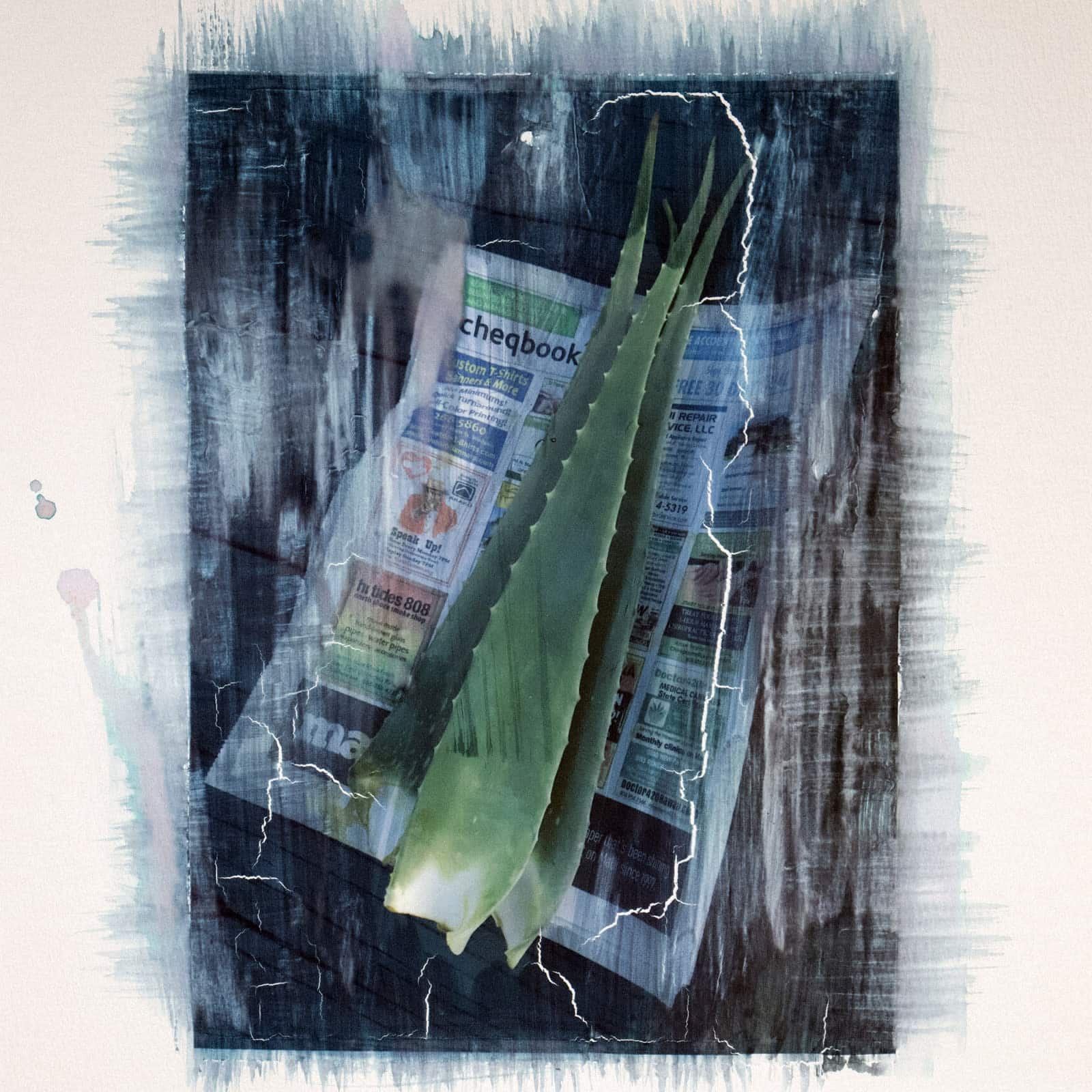
Three stalks of aloe taken from a plant bed in Kihei, Maui and wrapped in an issue of the local paper, Maui Time, whose headline that week was “The Problem with Cultural Heritage Tourism, and Why the Continued Misuse of Hawaiian Culture is Wrong”
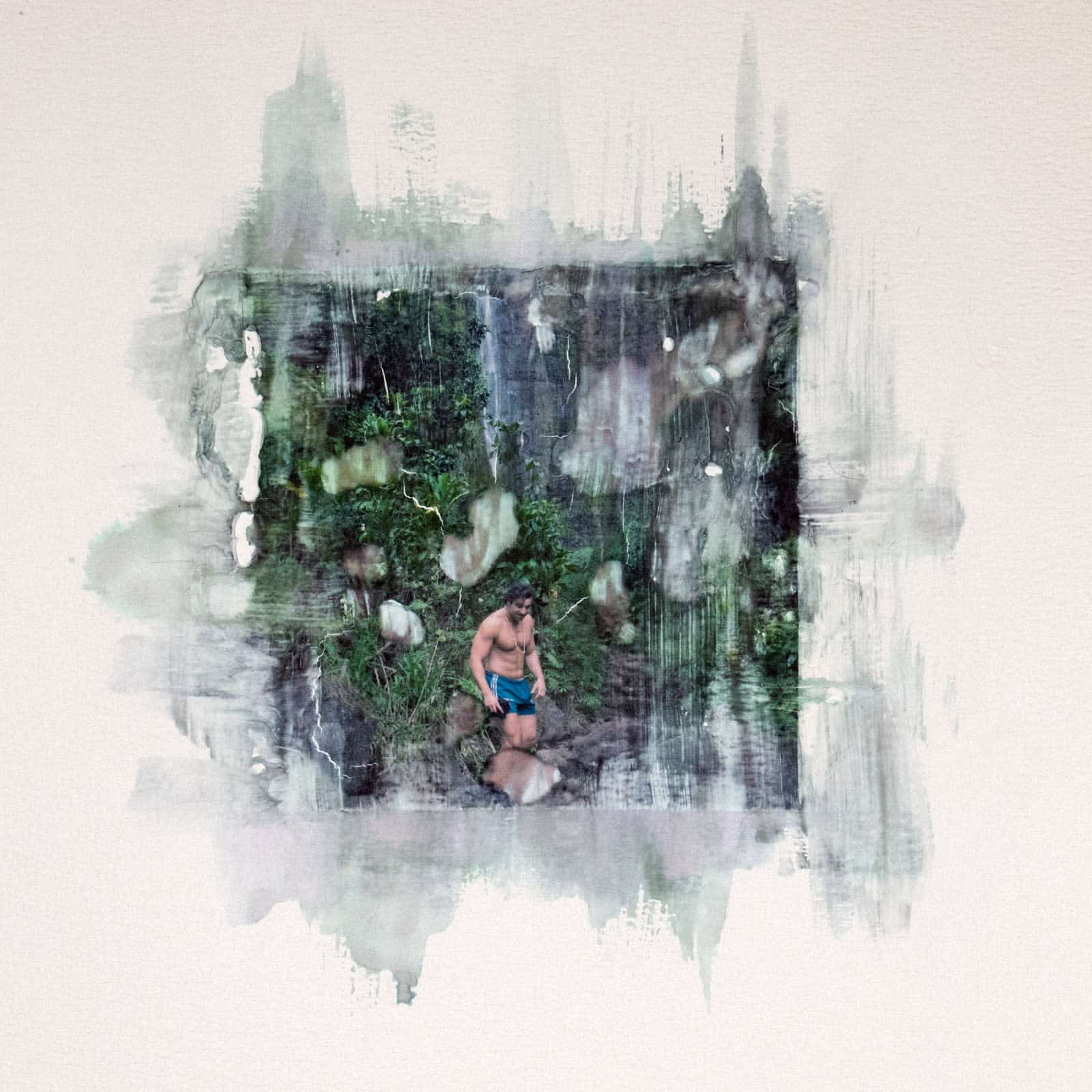
A white tourist poses for a photo to use for his dating profile picture with the Waimoku Falls in the background. A sign explaining the origin of the waterfall reads He wai makamaka ‘ole or “Water that recognizes no friend.”
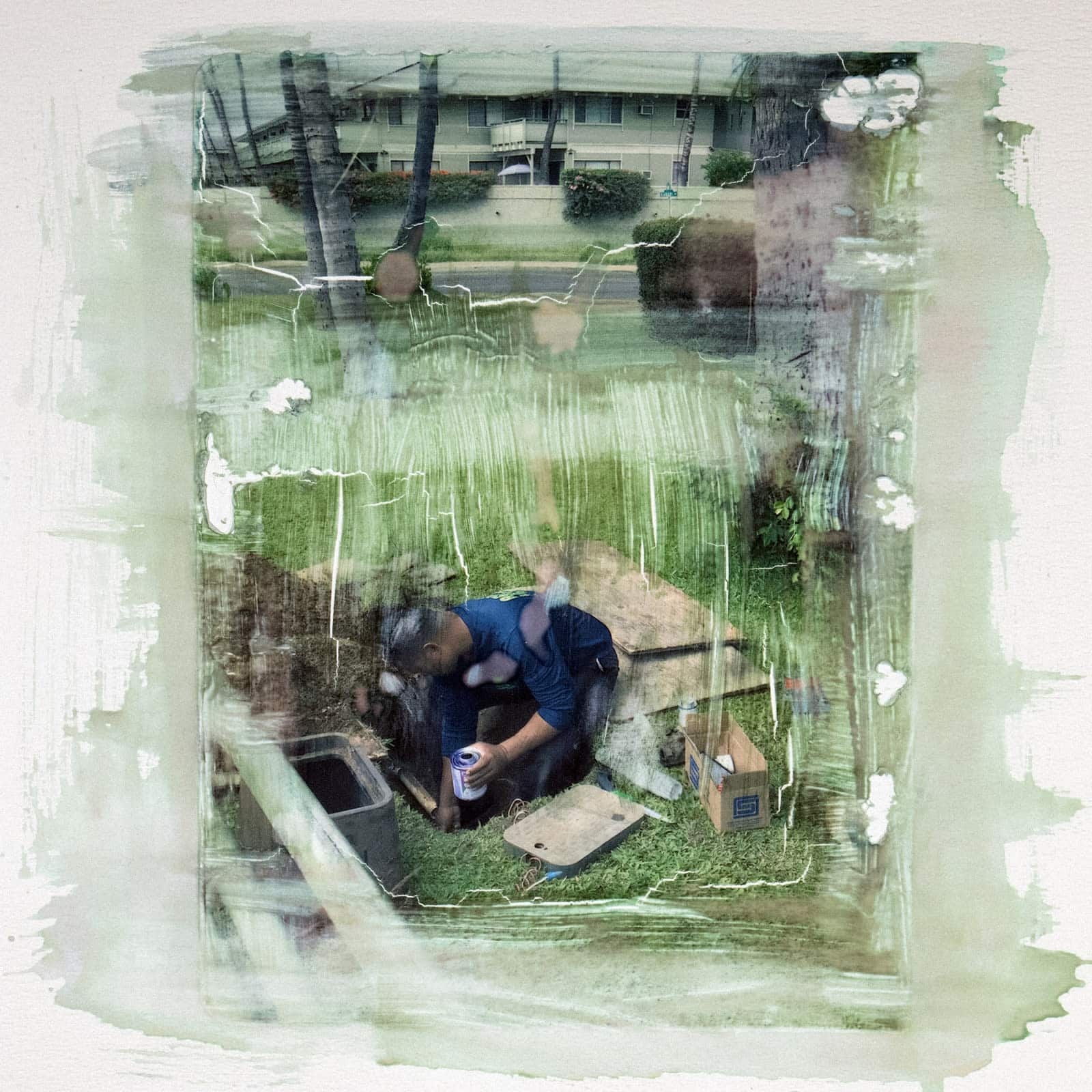
A Hawaiian day laborer works inside a hole in Kihei, Maui.
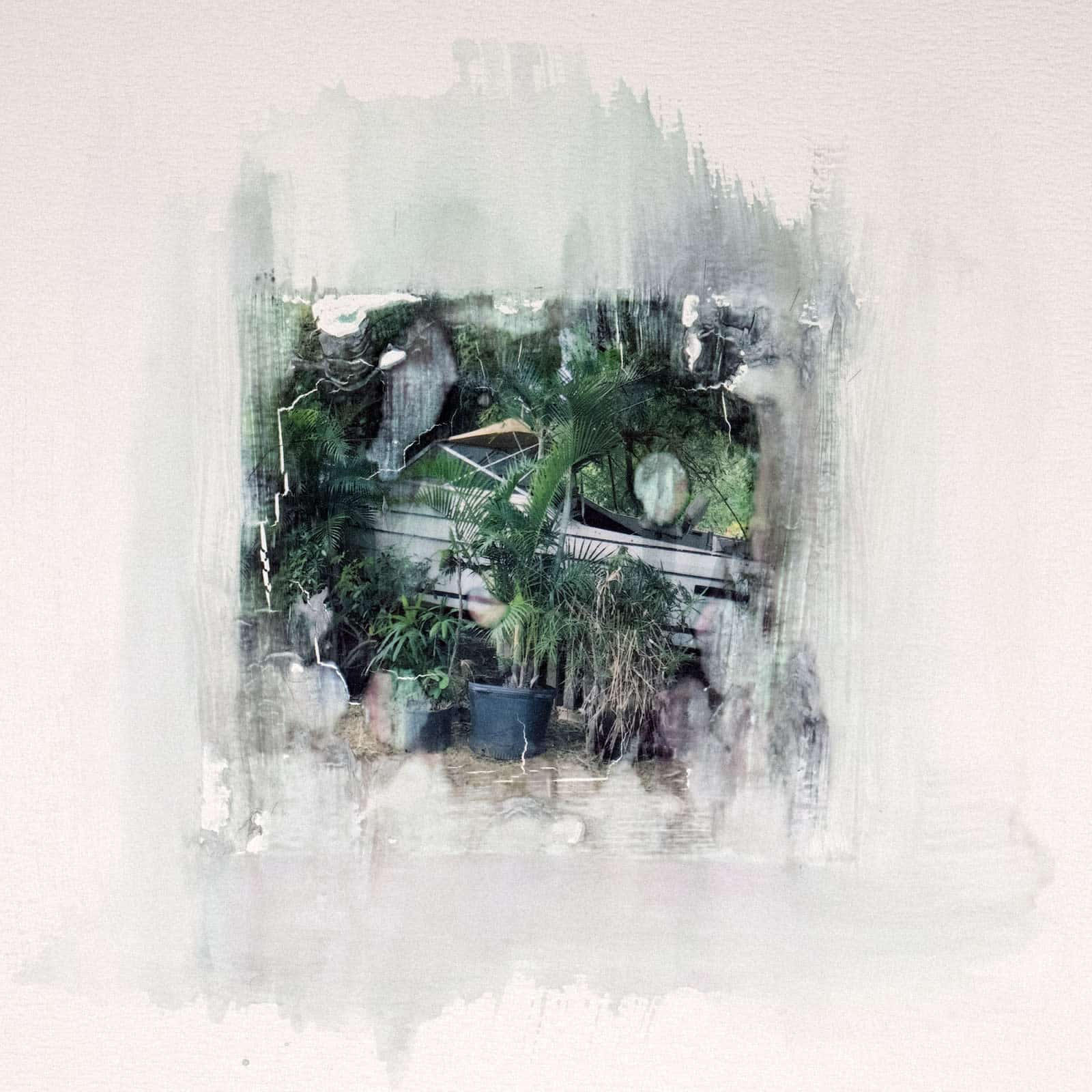
A white boat overgrown by foliage in Kihei, Maui.
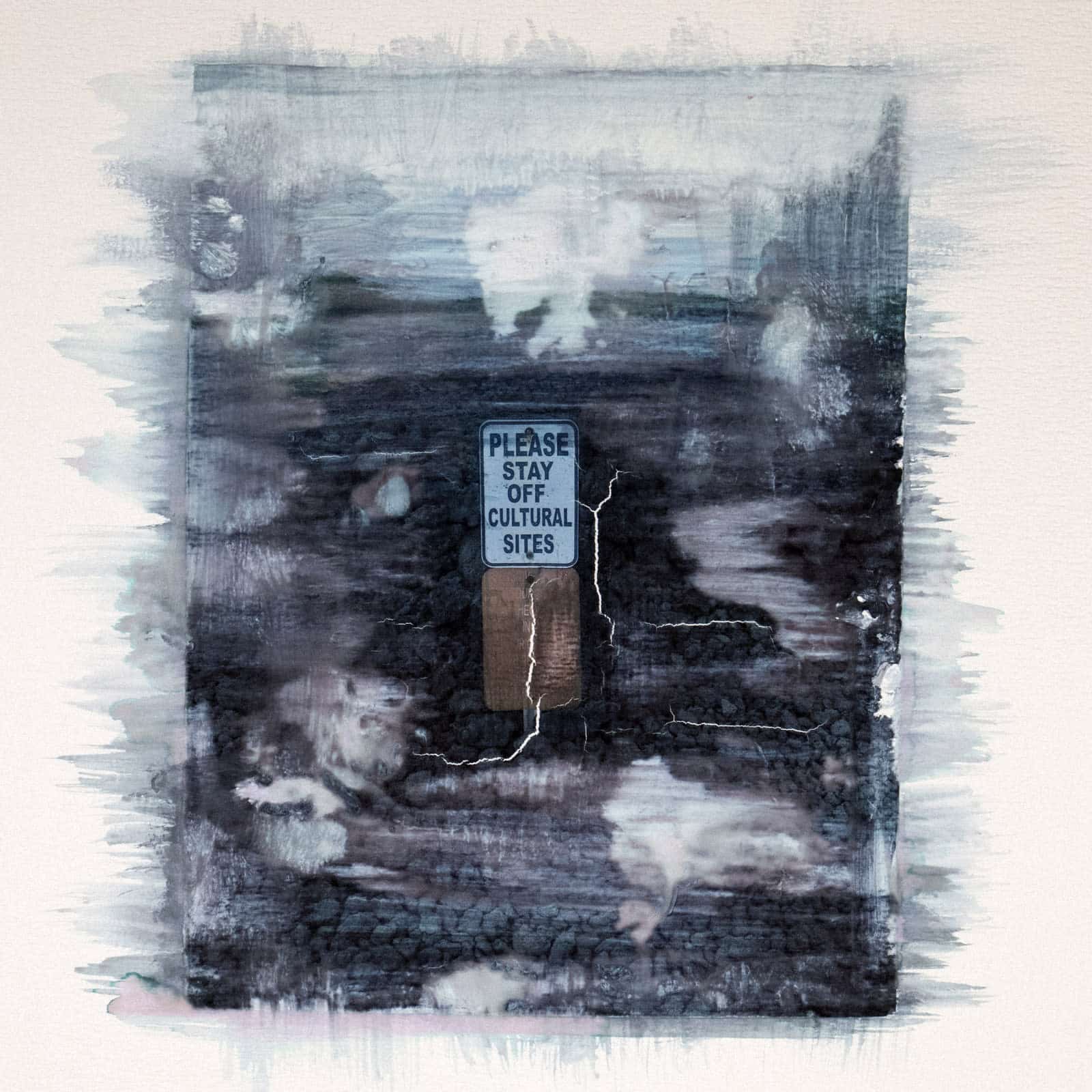
A sign found in La Perouse Bay. The area contains many archaeological sites, including fishing shrines, salt pans, and heiau, or religious platforms. It is the site of Maui’s most recent volcanic activity. The bay’s Hawaiian name is Keoneʻoʻio. It was later named for the French explorer Captain Jean-François de Galaup, comte de La Pérouse.
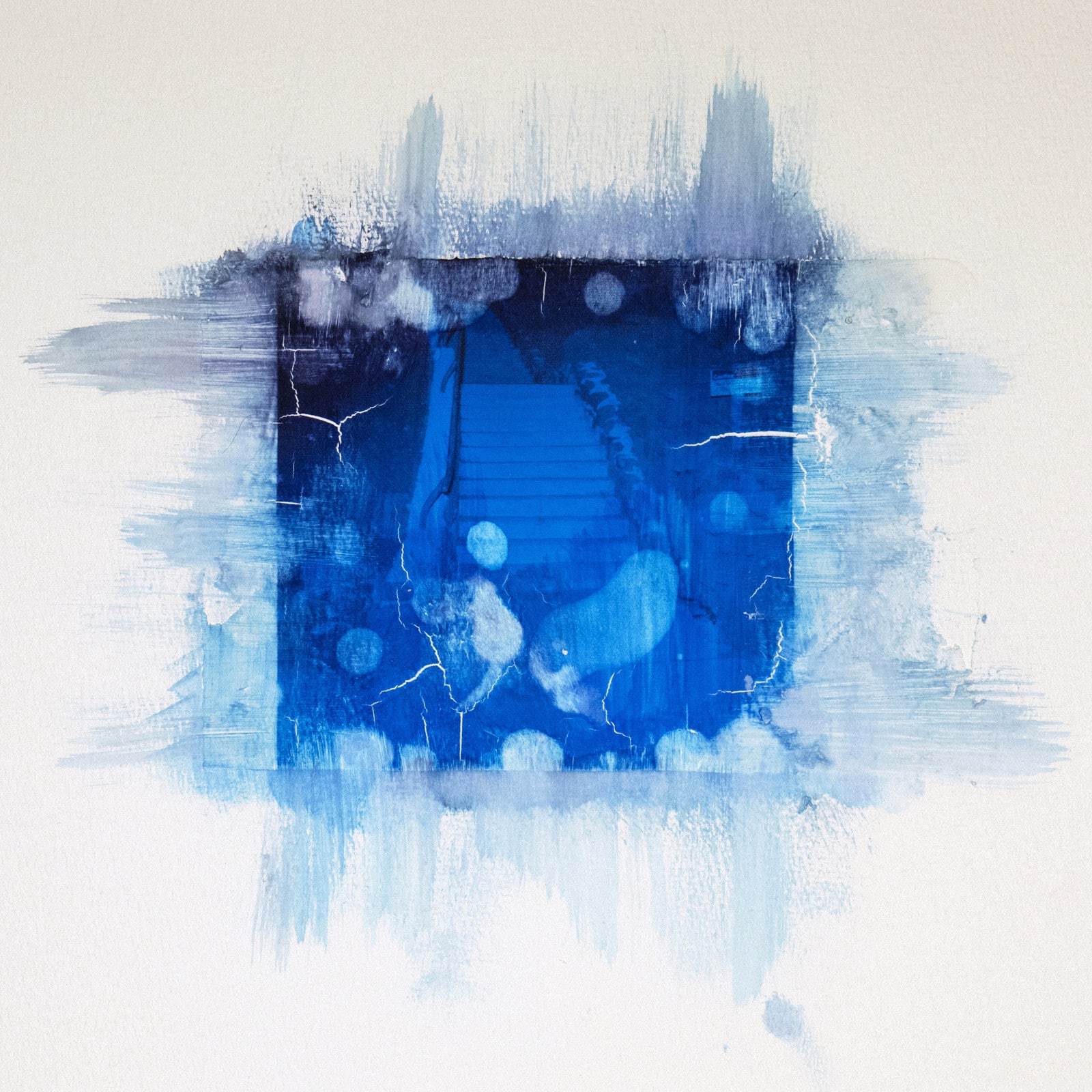
At the summit of the massive shield volcano, Haleakalā or “House of the Sun” in the evening.
More photo series:
Photographing Nuclear Tourism at America’s Missile Sites
Burnt Out Young Brits in ‘Good Times for Free’
Photographing Faces, Religion, and Memory in San Salvador de Jujuy
